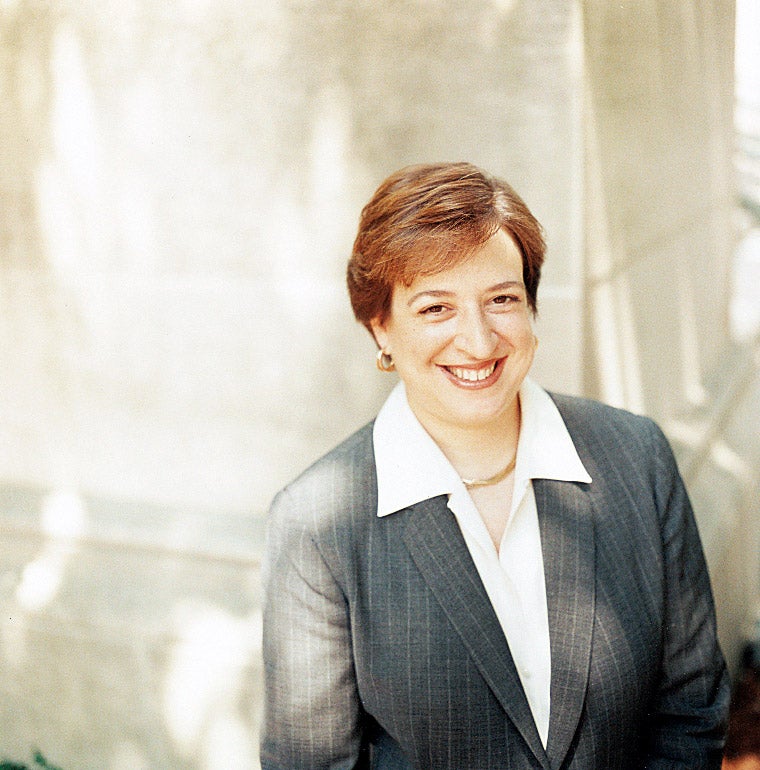A great law school must constantly re-assess how it can best prepare its students for the complex challenges they will face as lawyers and leaders. What should we be teaching students, and at what stage in their legal education will it be most helpful for them to learn it?
Four years ago, when we embarked on a major curricular review at Harvard Law School, our starting point was a curriculum that was already the finest in the world. In the time since Christopher Columbus Langdell laid down the blueprints in 1872, HLS had built upon and improved its curriculum on the foundations of his design, and had developed an array of course offerings unrivaled anywhere.
The question for us, really, was how to make the strong even stronger—and how to ensure a fully up-to-date curriculum for a new legal world. Our goal was to keep what continues to work—principally our techniques of making people “think like lawyers”—but also to recognize and impart the new skills and areas of knowledge needed today to perform most effectively as lawyers and in the other positions of leadership our graduates hold. Our goal, in short, was to transform our curriculum—and indeed legal education itself—to fit the 21st century.
So we put together a committee, chaired by the indefatigable Martha Minow, and we traveled all over the country and all over the world, meeting with alumni and professors and practitioners. They—including many of you—gave us a broad range of ideas. If there was an overarching theme, it was this: Great lawyers are great problem-solvers. And great problem-solving requires a combination of analytical skills, hands-on experience and interdisciplinary tools, as well as an understanding of the full range of legal institutions and sources of law, both domestic and international.
As a result of these discussions and what we learned from them, in 2006 the faculty voted unanimously to make the most ambitious changes to the school’s curriculum since Langdell. As you will learn in these pages, the returns will start in the first year. As part of that foundational experience, students will be introduced, much more comprehensively than before, to statutory and regulatory aspects of law as well as to its comparative and international dimensions. Just as important, they will focus on complex problem-solving—working in teams (not just as individuals) to address the complicated amalgams of facts, law and ethical issues that arise in the work of today’s lawyers.
Building on these foundations, the new curriculum will give students more guidance in their upper-year studies, so they can advance, in new “programs of study,” from introductory to truly sophisticated work in the areas that interest them. Integral to this approach are greatly expanded opportunities for clinical and interdisciplinary work in the second and third years. Students benefit from seeing how legal problems look—and how they can be solved—in real-world settings. So, too, do they learn from seeing how law connects to a range of other subject matters, including business and economics, government and politics, and technology and medicine. We hope, with these new, rich intellectual opportunities, no third-year student at Harvard Law School will want to graduate!
We are excited about our new curriculum, and we hope you will be, too. We hope you agree, after reading this issue of the Bulletin, that we are fulfilling our responsibilities to create a model law school curriculum and to give our students the best preparation possible for the important work they will do around the world.
